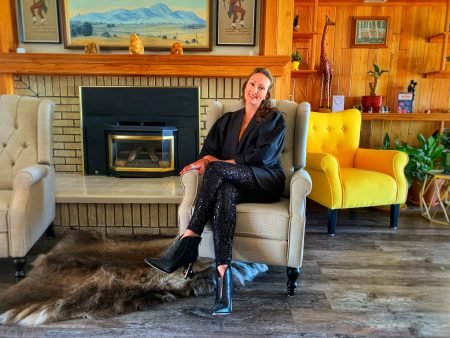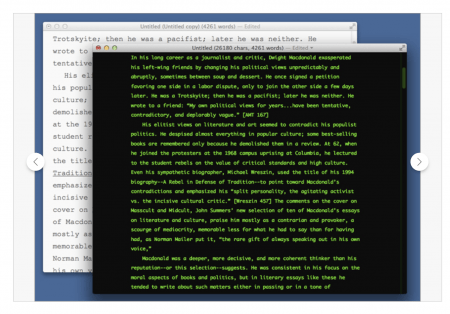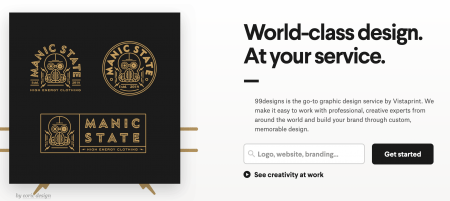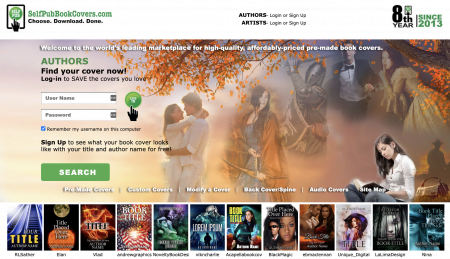Publishing, like many traditional media, has undergone a complete overhaul in the digital age. Most of Gen Z would turn their nose up at a paper book and prefer to download everything to their devices. The trend can be traced back to the first smartphones, which surfaced around 2007. By the end of that year, the Kindle was released onto the market and Kindle Direct Publishing was fast on its heels. Between the years 2011 and 2013 many self-publishers took full advantage of Amazon’s organic visibility. They released books onto the market with minimal advertising and still made considerable profits. However, Kindle stopped that in 2012 when they invented their AMS ads platform.
Whilst Amazon, and other players, rushed to fulfil the needs of the self-publishing market, they inadvertently kickstarted an indie author revolution. Never had it been so easy, cheap, or profitable to write a piece of literature and release it on to the market. Not only that, but they had also paved the way for female authors, who had long been the underdog to their male counterparts, to stand up and take their place in the publishing arena.
Traditional publishers are male-dominated
Reports suggest that the book world is still very much male-dominated. One woman famously went so far as to assume a male identity and send her manuscript to agents. The result? She gained up to 8.5 times more demand for her novel when agents thought she was a man. It is also widely known that, since 1950, only one-quarter of US literary prizes have gone to females. Moreover, the prestigious Booker prize has only been awarded to a mere 18 women since 1969.
Adriana Monique Alvarez, CEO and Founder of AMA Publishing, and also a USA Today bestselling author, mentors clients on how to start their own profitable publishing house. Alvarez is quick to endorse the role of self-publishing in liberating and empowering women worldwide. She points out that “women were not recognized as, or legally allowed to become, publishing professionals until the late nineteenth century.”

Self-publishers control the narrative
One of the most appealing aspects of self-publishing is that women get to tell the story in their own words: in a relatable voice that their audience can understand and identify with. One of the complaints of female authors has been that a male perception of femininity has been the prevailing voice in literature. Women don’t want their ideas to be filtered, restricted, or altered in any way; they want to be unfettered and shown in all of their fullness.
Indie romance novels, in particular, reflect the autonomy and control that women have over their own bodies. They celebrate a woman’s right to enjoy whatever fantasy or desire she wishes. Millions of women cite romance novels as a form of sexual education, and freedom in the bedroom is equated with empowerment in all areas of life.
This change in the established order has not been without its casualties, however. Alvarez explains how her latest book was delisted from the Wall Street Journal, for one, or more, for the following reasons: “Gender, the fact she’s anti-traditional publishing, politics, or because she openly canvassed for more women to be on the list.”
Financial advantages
Despite the challenges, female authors are increasingly drawn to self-publishing’s obvious financial advantages. Indications are that self-published females can make up to five times more than a book that has gone the traditional publishing route.
This has been a key factor in female emancipation. Rather than waiting to be one of the lucky few, picked out of the millions of transcripts that cross agents’ desks every day, female authors are now in a position to release and market their books immediately. Indeed, publishing your own book can be a wonderful adjunct to other business interests. You can use it as a marketing tool and create an additional revenue stream.
Recommended apps for writers
Whether you’re writing to promote your business, or planning your next great novel, there are some tools and tech that will help you on your way.
As a writer, it’s most important you find a tool that suits your workflow and enables you to consistently hit that all-important daily word count. Alvarez advises writers to check out:
Write Room. A helpful app for distraction-free writing.

Scrivener is also worth checking out. An industry veteran, it’s available on most platforms and full of useful publishing features, including a ‘focus’ mode, which helps you block out unwanted interference.

Once you’ve got the first draft, you’ll want to start thinking about your book cover. Alvarez notes that “This is the number one thing most self-published authors mess up.”
99 Designs is a great place to get a professional book cover on a small budget.

SelfPubBookCovers is another worthy mention. It has many pre-made designs but also gives you the option to upgrade to something bespoke.

Of course, writing the first draft, and designing an appealing cover, is only the first step on your journey. The best advice is to learn as much as you can about the different publishing platforms: how much do they pay, how can you market your book, what are the rules and regulations? Also, you have to look at competitors in your field: what makes them so popular, where do you fit in the market, how can you carve out your own unique niche? Whatever genre you produce, know that you will always be your toughest critic: the voice that holds you back. The most important lesson is learning to overcome that fear and do it anyway.






